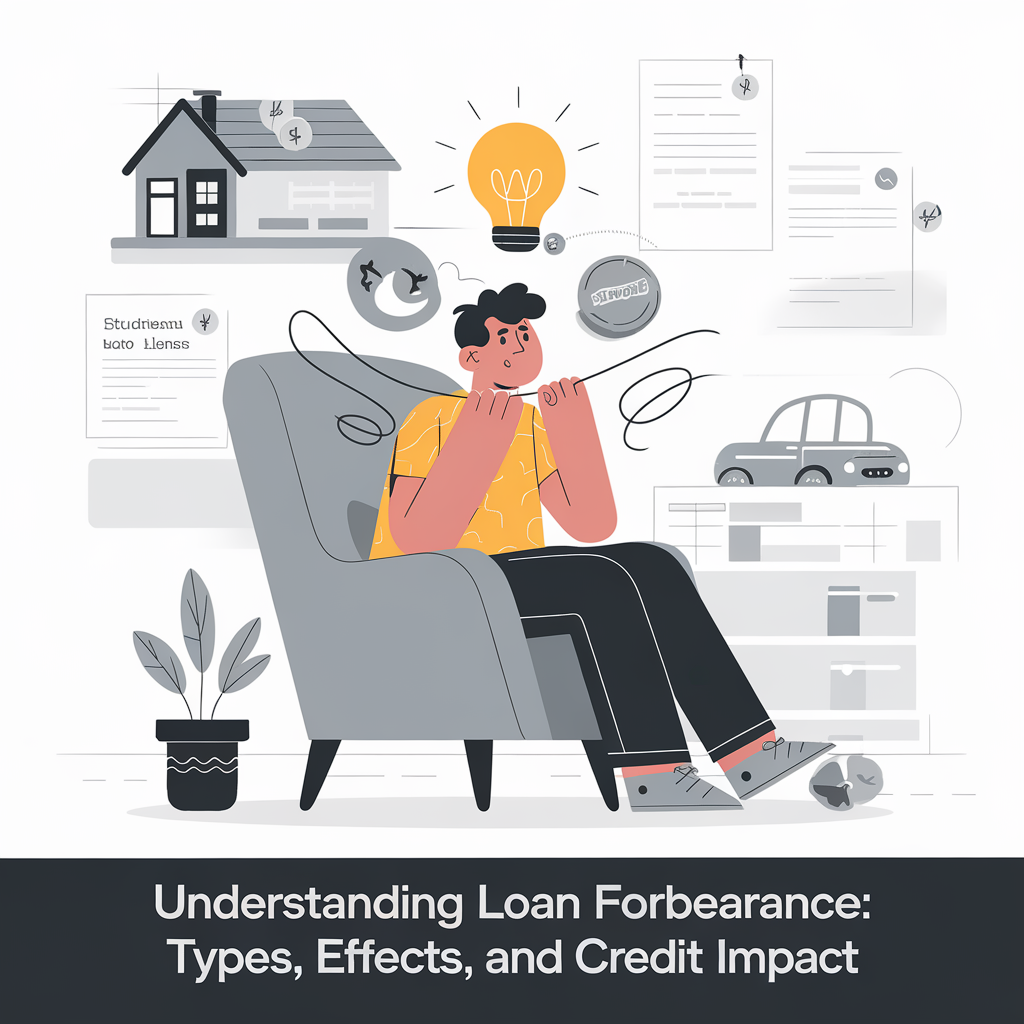Understanding the Federal Funds Rate and Its Impact on Your Savings
Watching the Federal Reserve issue another rate hike might not be ideal if you’re planning on borrowing money, but it can be welcome news if saving is your priority. When the Federal Reserve raises the federal funds target rate, interest-bearing savings accounts often see higher returns. Let’s delve into what the federal funds rate is, how it impacts savings rates, and how you can take advantage of rate increases.
What Is the Federal Funds Rate?
The federal funds rate, often shortened to the fed funds rate or fed rate, is the rate that central banks use to lend money to each other overnight. This target rate is set by the Federal Reserve, whose job is to create monetary policy to manage inflation and keep the U.S. economy stable.
When the economy is in a downturn, as it was in the early days of the pandemic, the Federal Reserve typically reduces the fed funds rate. This makes it cheaper to borrow, stimulating spending, business expansion, hiring, and economic growth. During the pandemic, the fed funds rate hit rock bottom at near 0%.
In 2021, however, the U.S. began seeing high levels of inflation, partly due to the ease of access to cash as well as pandemic-related supply issues and product shortages. To address it, the Fed increased the fed rate, making it more expensive to borrow money. The aim was to encourage companies and consumers to pull back on spending to help temper inflation.
The prime rate is a benchmark rate lenders use that’s heavily influenced by the federal funds rate. The prime rate is set by commercial banks and is used to determine interest rates for products such as credit cards.
How Does the Fed Rate Impact Savings Accounts?
Now to the good part: what this all means for your savings. When the fed funds rate increases, interest rates on savings accounts also tick upward. The recent increase in savings rates is a good illustration of this.
In January 2022, the average rate on savings accounts sat at just 0.06% nationally. Today, the average rate on savings accounts is 0.35%. This comes after multiple fed funds rate hikes through 2022. Some online accounts even offer an annual percentage yield (APY) of over 3%.
Earn Money Faster
Finding high-yield savings accounts can be a game-changer for your savings strategy. Here are some examples of high-yield savings accounts:
– American Express National Bank: 4.25% APY
– Discover®: 4.20% APY
– CIT: 4.85% APY
– Barclays: Up to 4.80% APY
– UFB Direct: 5.15% APY
– Valley Direct: 4.75% APY
– Laurel Road High Yield Savings®: 5.00% APY
– Bask Bank: 5.10% APY
These rates are as of September 17, 2024, and are subject to change. Always check the latest rates and terms before opening an account.
How Does the Fed Rate Impact Interest Rates for Borrowing?
The fed funds rate influences the prime rate, which is used as a base to set consumer loan rates. For example, the prime rate increased from 3.50% in March 2022 to 8% in March 2023, and rates on consumer products have also increased during that time frame.
In the first quarter (Q1) of 2022, the average interest rate on a 24-month personal loan was 9.39% APR. That jumped to 11.23% APR by November 2022. The average interest rate for credit cards assessed interest moved from 16.17% in Q1 2022 to 20.40% in November 2022.
How to Take Advantage of the Fed’s Rate Increases
The fed funds rate increase isn’t great news for borrowers, but it does provide an opportunity for savers who want their money to work harder for them while sitting in a bank account. Here are ways to take advantage of the fed funds rate increase:
Open a High-Yield Savings Account
You might be surprised how much earning a higher APY can grow your savings. If you have $10,000 in a savings account earning 3% APY, your balance would be $10,304.53 after 12 months without adding any more money. That’s over $300 in free money if the account has no fees.
Investigate Other Interest-Earning Bank Accounts
Locking money into a certificate of deposit (CD) for an extended term while rates are high can help you maintain a high rate of return even if rates decrease. Some financial institutions are offering CDs with APYs over 4% at the time of this writing. Money market accounts are another type of account where you may park savings at higher rates.
Eliminate Credit Card Debt
Paying off debt with variable rates, like credit cards, can help you avoid higher interest charges. And with fewer debt payments to manage, you can divert money into savings to take full advantage of rates while they’re high. Consolidating credit card debt with a low-interest personal loan or using a balance transfer card offering a 0% introductory APR could be a way to get rid of debt.
The Bottom Line
High interest rates on savings accounts can help expedite the growth of your savings account, but note that interest rates on savings accounts are variable, so they can also decrease.
If you need to borrow while market rates are high, working on your credit is a way to qualify for the best rates possible. With Experian CreditWorksSM, you can check your credit score and learn what’s affecting it to figure out how to improve your credit rating. Paying bills on time and lowering your credit utilization are two key steps that can help your credit score soar.
For any mortgage service needs, O1ne Mortgage is here to help. Call us at 213-732-3074 to speak with one of our expert loan officers. We are committed to providing you with the best mortgage solutions tailored to your financial situation.

